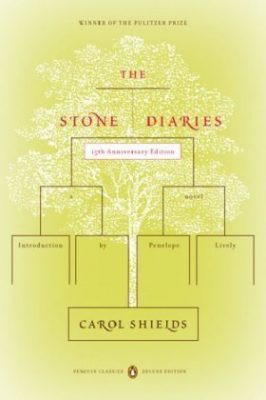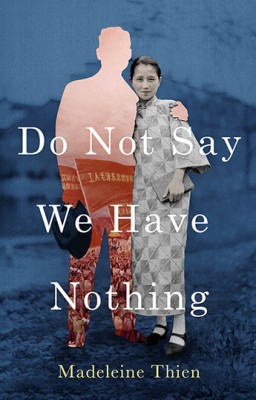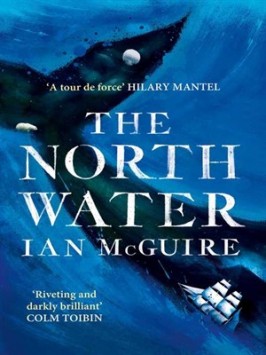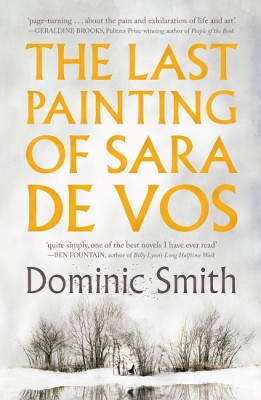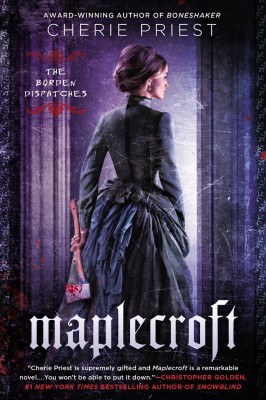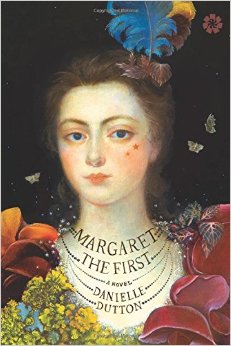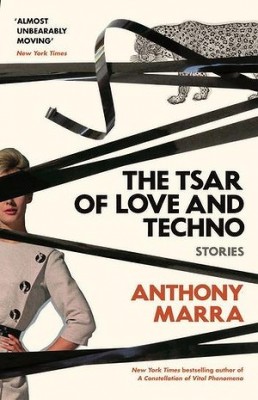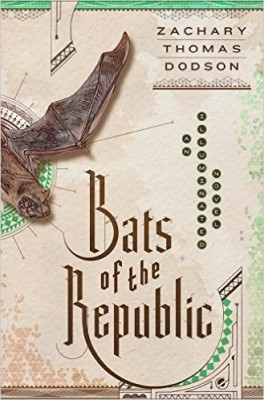The autobiography of a fictional character, this novel charts the significant periods in the life of one Daisy Goodwill, born in 1905 in rural Manitoba. The novel dedicates one chapter apiece to birth, childhood, marriage, motherhood, etc, right up to (and including) death, which you have to admit is an unorthodox choice for a novel purportedly narrated by the protagonist (though often not in the first person).
Continue reading The Stone Diaries
It is 1964, and Eileen lives alone with her verbally abusive alcoholic father in a small town in Massachusetts. Underfed, embittered, and lonely, she has never felt loved or appreciated by anyone, until the arrival of a new colleague, Rebecca, at the (literal) prison where she works. From a vantage point some years in the future, she narrates what she tells us is the last week she spent living the identity with which she was born.
Continue reading Eileen
“Why did Busoni transcribe Bach? How does a copy become more than a copy? Is art the creation of something new and original, or simply the continuous enlargement, or the distillation, of an observation that came before?”
So ponders the narrator, Marie, near the end of this long, but never slow, novel. As a child living in Canada, her beloved father, Chinese by birth, committed suicide in Hong Kong in 1989. Not long after, her mother received a letter from the wife of her father’s best friend in China, begging Marie’s mother’s help to smuggle her teenage daughter to Canada. Although the child Marie does not understand the reasons for these events, it is implied that the daughter, Ai-Ming, has been involved somehow in the Tiananmen Square protests. After her arrival Ai-Ming discovers a notebook in Marie’s home filled with elegant Chinese calligraphy, and begins to tell the story of the Book of Records.
Continue reading Do Not Say We Have Nothing
Before reading this book, I spent about a month reading nothing but novels written by women in the first half of the twentieth century. Most of them were mystery novels. Ninety per cent of the action took place in drawing rooms. The ritual of tea was interrupted for no possible emergency. There were some dead bodies scattered about, but the more serious problem was the difficulty of getting decent servants. It was heaven.
My poor, fragile brain was not prepared for The North Water. Continue reading The North Water
The year is 1924, and Jane Fairchild, a housemaid in a country house, is engaged in a long-running affair with the son of a nearby estate. Paul Sheringham, too young to have been killed in the war along with all of the other local young men, is due to marry another woman in a few short weeks, and this novel charts their last day – really only a few hours – together.
Continue reading Mothering Sunday
Did you know there were female Dutch Old Masters? I didn’t. But apparently there were, though they were mostly relegated to painting still lifes (lives?), which were considered appropriate subject-matter for a person of femaleness. Also, due to the usual kinds of infuriating assumptions, many of their works have, over the years, been attributed to their male contemporaries, because Of Course. So if nothing else, I can thank this book for giving me some new knowledge.
Continue reading The Last Painting of Sara de Vos
Here’s a premise for you: Lizzie Borden killed her father and stepmother because they’d been possessed by some kind of evil supernatural sea-monster. Honestly, though, it’s not that much more absurd than the plot of your average episode of The X-Files, and that was a crossover hit with teenage boys desperate for a glimpse of Scully’s cleavage. (To the men who were those boys, I say: you should totally watch The Fall, not only is it a great crime drama, you get to see Gillian Anderson in her bra, plus she bangs that kid who played Merlin. He’s not so great-looking. THAT COULD BE YOU.)
Continue reading Maplecroft
The reason I know anything at all about Mad Madge, aka Margaret Cavendish, Duchess of Newcastle, is entirely coincidental: she features heavily in (and supplies the title of) Siri Hustvedt’s excellent novel The Blazing World, which I happen to have read. In the 17th century, she was that rare and stunted unicorn, a female writer demanding to be taken seriously. Why is she so little-known when her contemporaries and near-contemporaries – Samuel Pepys, Thomas Hobbes, and Rene Descartes, to name a few – are bywords? (In fairness, I believe Pepys’s diaries do refer to her, though not with approval.) This fictionalised biography attempts to go some way towards remedying that gap.
Continue reading Margaret the First
The combination of title and cover art led me to expect that this book would be some kind of whimsical satire, possibly surrealist. I could probably have dispelled that preconception if I’d thought for half a second about Marra’s debut from a couple of years ago, A Constellation of Vital Phenomena, which examined the aftermath of the Chechen insurgency and was not what the kids call an upper. Don’t be similarly misled. Tsar is a serious work about serious things.
Continue reading The Tsar of Love and Techno
What to say about this novel? I can, I suppose, outline the basic structure: it’s set partly in 1840s USA (including Texas, which was an independent republic at the time, a fact I did not previously know) and partly in what I suppose would have to be described as a post-apolalyptic totalitarian steampunk dystopia. Somehow these worlds are connected by a prophetic novel written by a past character – are we reading that, or are we reading what actually happens in the future? And does an old book discovered in the future world actually relate events that happened in the past, or is it a fictionalised account of the actions of people that apparently existed?
Continue reading Bats of the Republic
